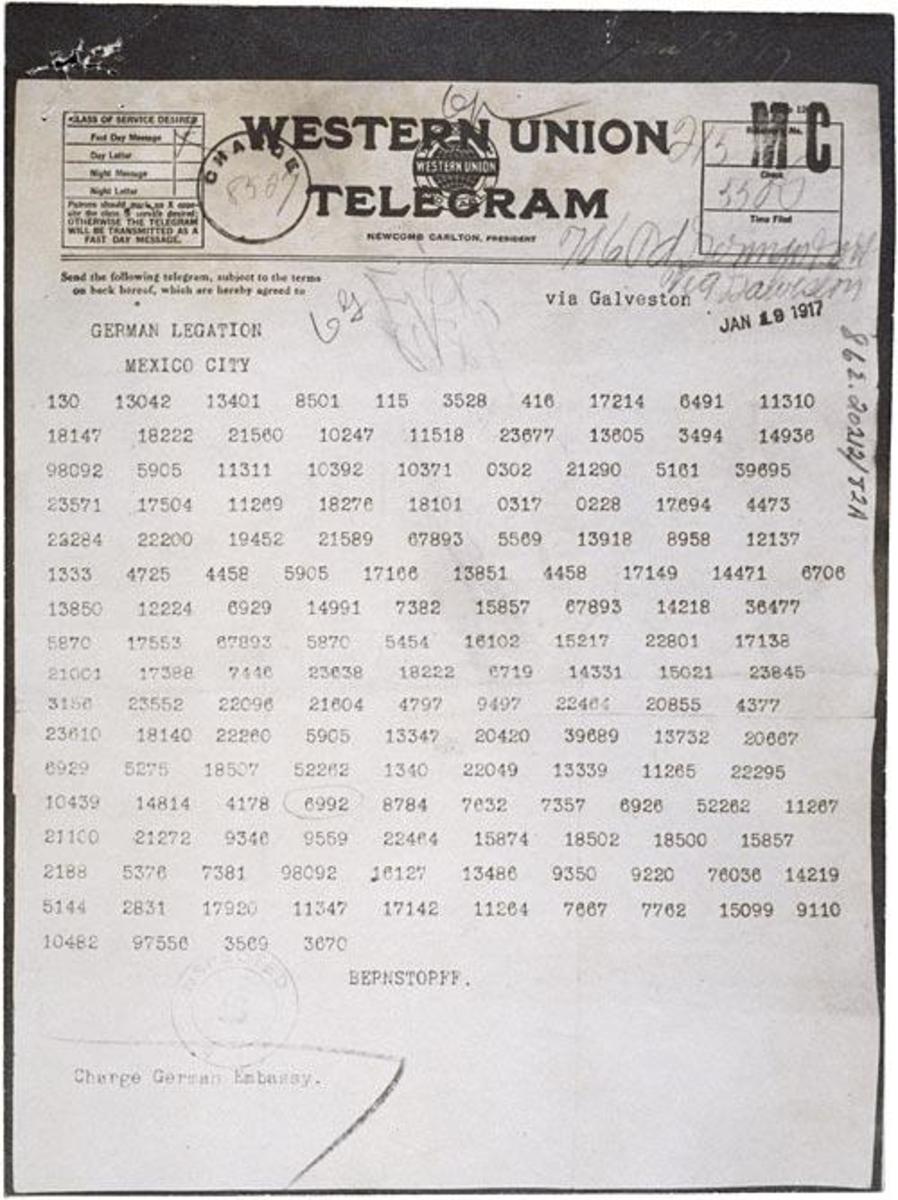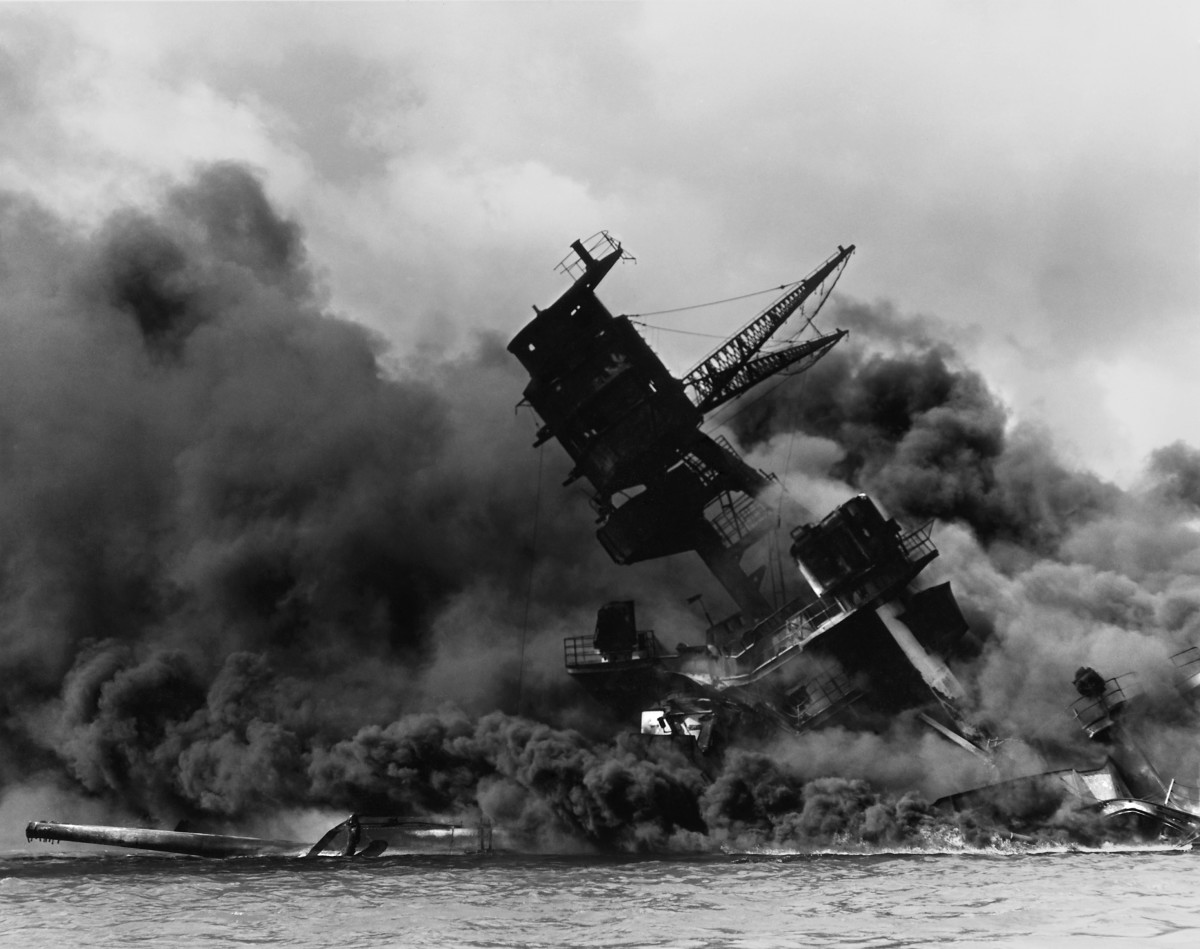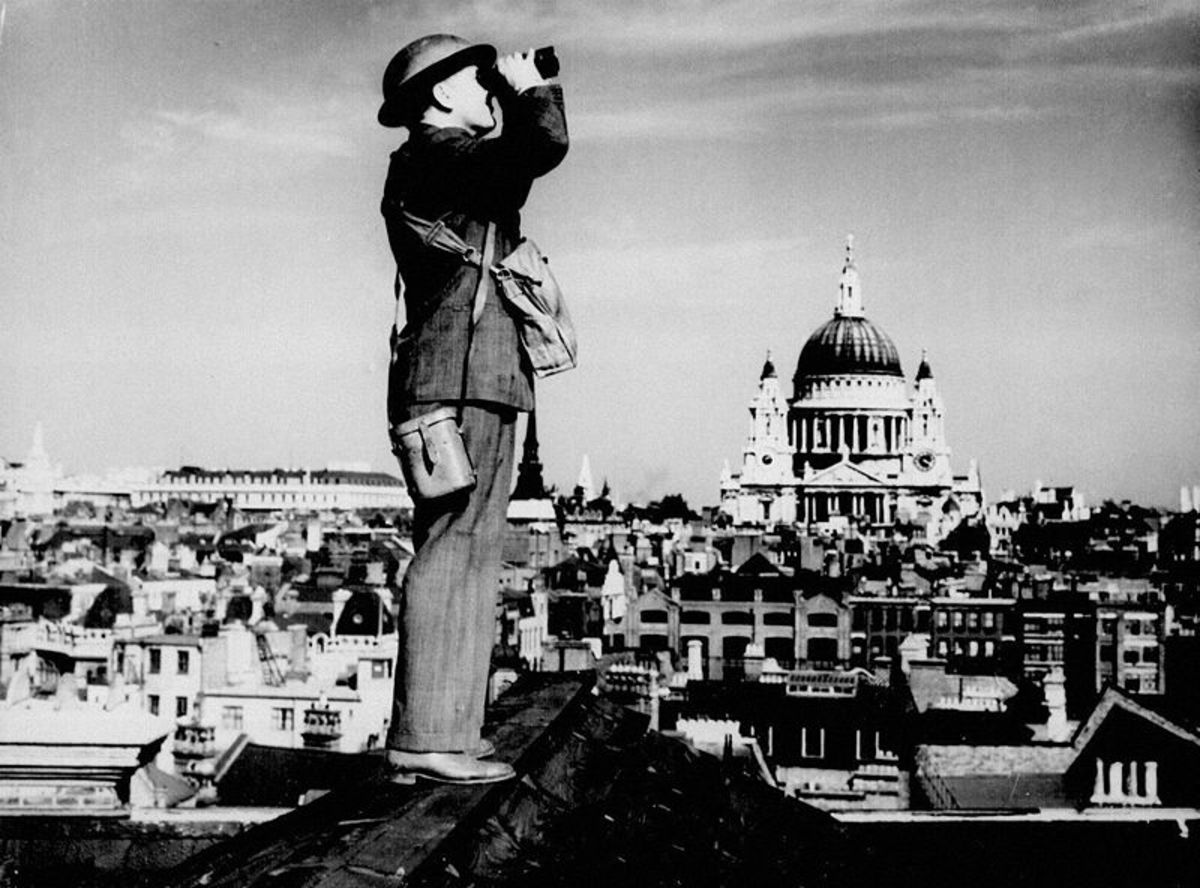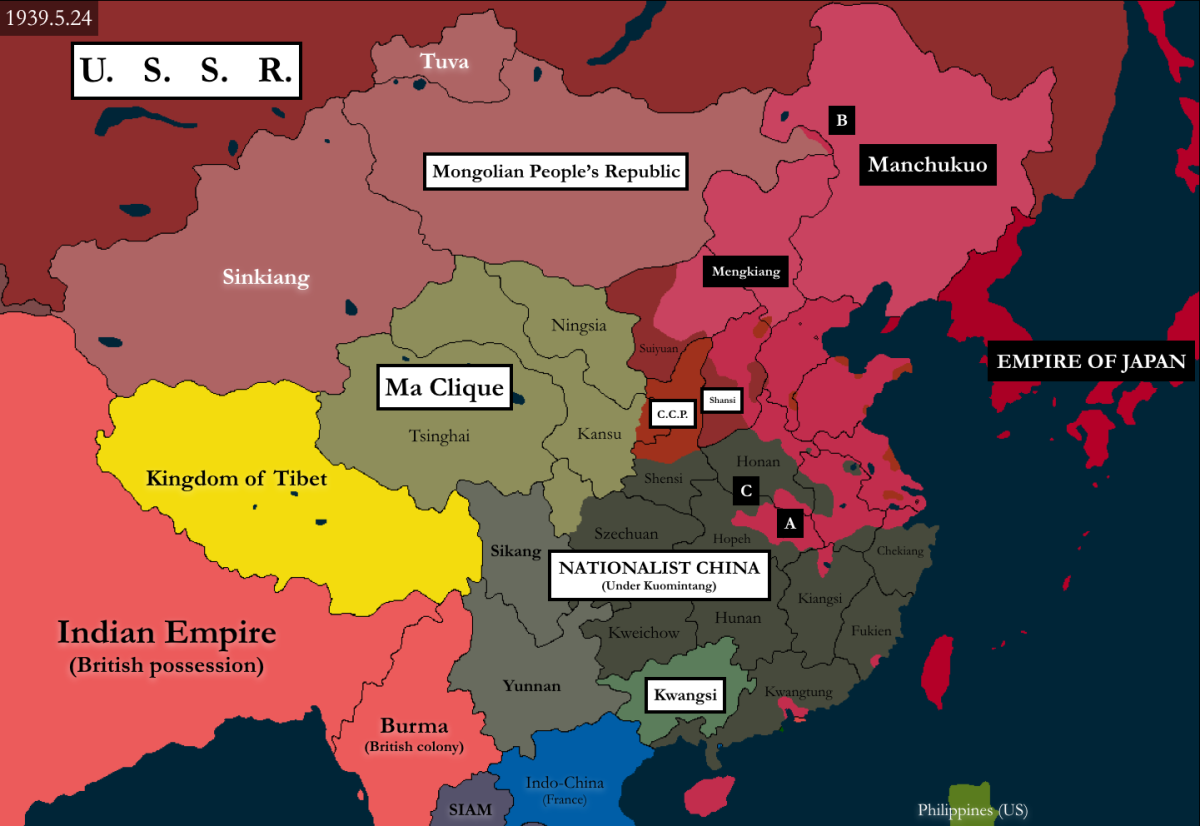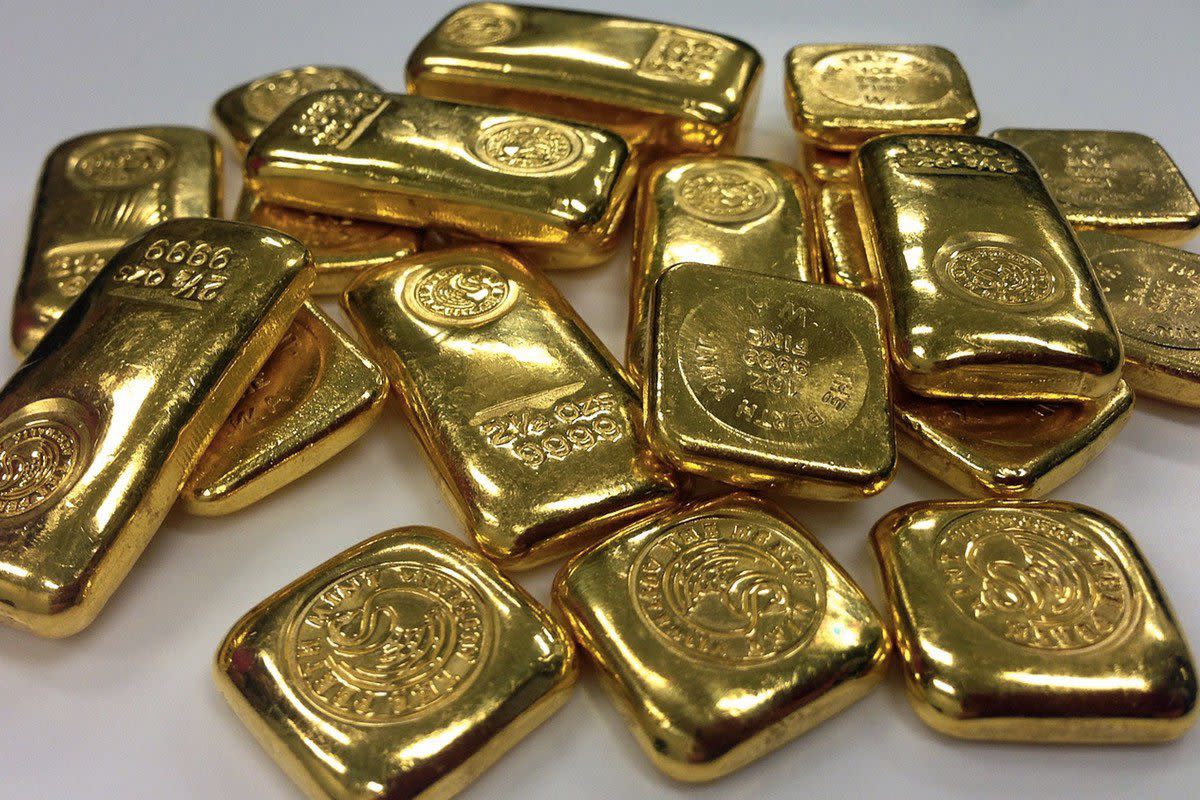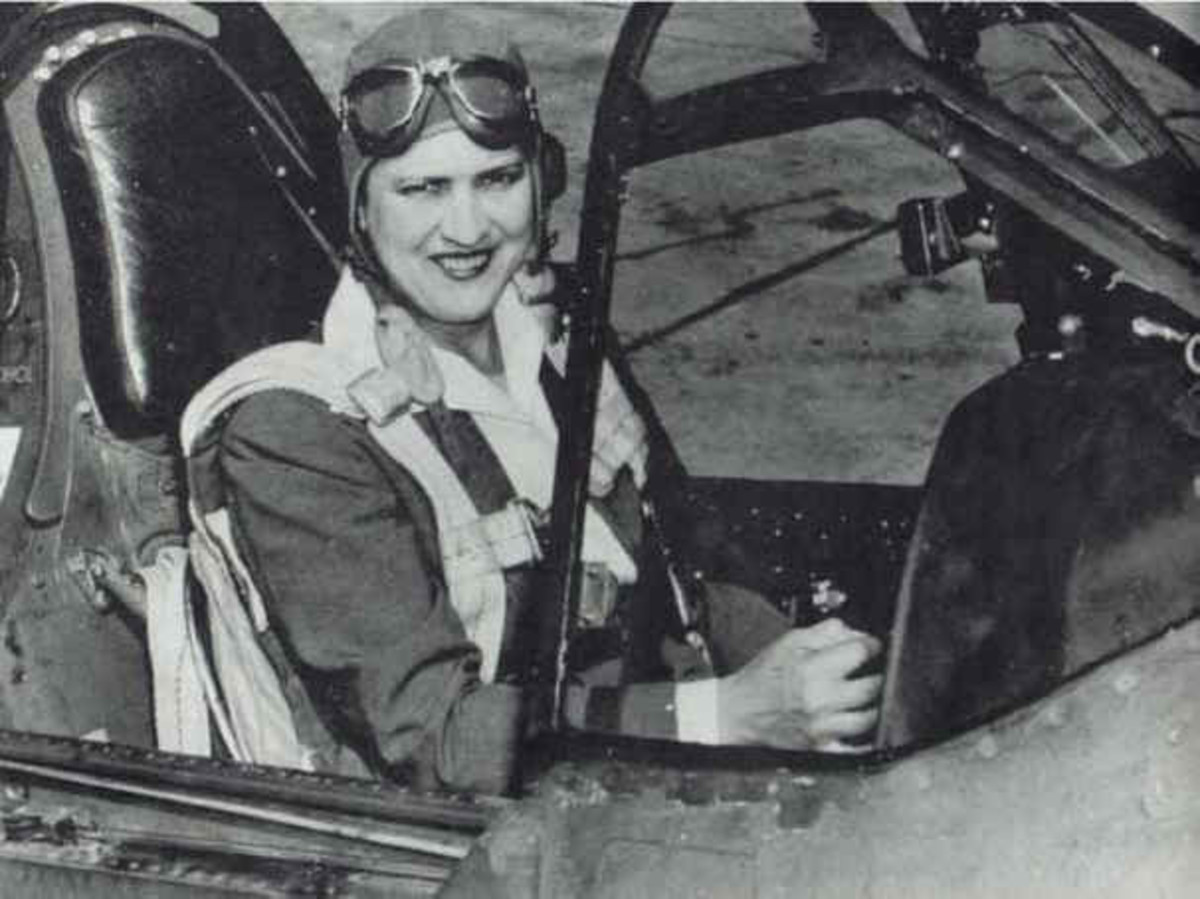- HubPages»
- Education and Science»
- History & Archaeology»
- History of the Modern Era»
- Twentieth Century History
America in WW2
World War 2 was the bloodiest and widespread conflict in History. It was set between the Axis powers of Germany, Japan, and Italy versus the Allied nations of Great Britain, France, USA and the Soviet Union. The war seemed to have favored the Axis powers at first but after the Americans entered the fray things began to turn and slowly the Axis powers were beaten back.
So is the turning point of the war the entry of the United States into the battle? Some say that the Americans are the major reason the Allies were able to beat the Nazis whereas some say that it was the Soviets alone who whittled down the Nazi Juggernaut. Let us now look at the facts to determine the real impact that USA had in WW2.
Why Was America Neutral for so Long:
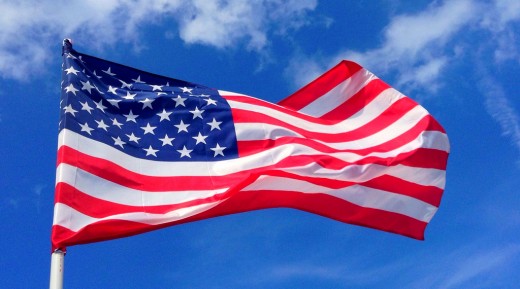
As we all know, America was a neutral country during the start of World War 2 on September 1, 1939. America entered the war only after it was bombed by Japan at Pearl Harbor on December 7, 1941. This means that the US entered the war after two whole years of being neutral. So what was the reason for such a delay in joining the Allied forces?
The main reason behind why America didn't enter the war was the fact that it did not have to. The US was recovering from the great depression and its economy was starting to boom. There was no real reason for them to get involved in these 'foreign wars'. Although the Germans and Japanese were committing grave crimes and jeopardizing the safety of western Europe, America was in a pretty safe location.
The general public voted against US intervention in WW2 as they did not want to get involved in the bloody conflict. They had experienced the horrors of war already in WW1 and were not willing to risk it again. Franklin D Roosevelt was in favor of joining WW2 on the side of the allies but he could not go against the popular vote unless he had a reason to unify his country against the Axis powers. The Japanese would give him just that.
Entry Into WW2:
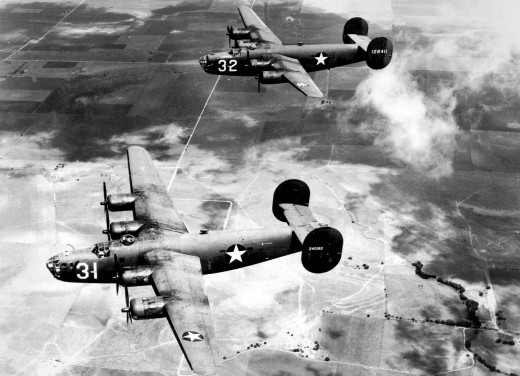
There were a number of close calls in which America almost entered the war. On September 3, 1939, the British liner, SS Athenia was torpedoed and sunk by German U boat U-30. It had 112 casualties which included 28 US citizens. This, however, was not enough the push the Americans into the war. The US public did all it could to stay aloof from this unnecessary conflict.
In March 1941, America started to more actively help out the Allied nations by sending them aid in the form of weapons and supplies. This was called as the Lend-Lease act. This enabled the US to help out the Allied nations without getting involved in the fighting themselves. This move in itself provoked the Axis powers but they could not retaliate.
The final nail in the coffin was laid by the attack on Pearl Harbor on December 7, 1941. The entire American Pacific fleet was wiped out by the Japanese navy in one of the most daring and sneaky attacks in naval history. The Americans had trade embargos against the Japanese and they were preventing them from occupying territories in the Pacific theatre. They wanted to knock America out of the picture in one decisive blow.
Although this mission was an amazing success in which the Japanese caught the Americans totally off guard they did not finish off the American fleet. The carriers which were the main target of the mission were not present at that time and this would be a fatal mistake. With this sucker punch of an attack, the Americans were all united to go to war for justice. Roosevelt finally had the reason he wanted to go to war and the Axis powers had woken up a sleeping giant.
Myth of American Invulnerability:
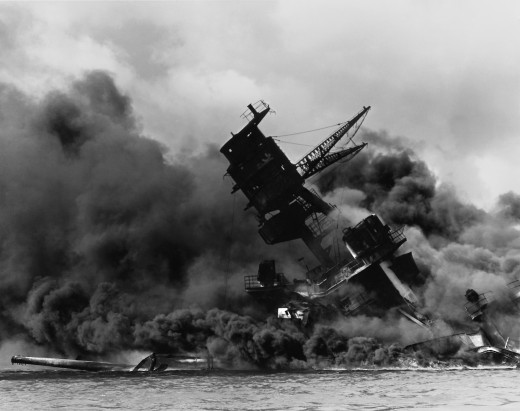
America was industrially and economically advanced. It had tremendous potential to churn out equipment and sustain its war effort. However, they were also complacent and careless. Their own overconfidence cost them a lot early in the war. The catastrophic losses in Pearl Harbor were proof of this. They were totally outclassed, outmaneuvered and humbled by an enemy whom they thought were 'primitive'.
On the Atlantic as well they suffered enormous losses to the German U boats. Scores of ships were being sunk daily. They entered into the war have no idea or plan to tackle the Axis powers and paid the price. In the Pacific, the reduced Amerian fleet was also having a hard time against the Imperial Japanese navy which was more than a match for them. The Zero fighter planes of the Japanese were more advanced than their American counterpart during the early period of the war.
So the change in the flow of battle definitely did not happen when the Americans joined the war. It helped the Germans to a degree as they could now practice unrestricted submarine warfare and this helped them bring down even more Allied shipping. It was only after a few months that the US got back on its feet and started steamrolling across the battlefield.
Fighting Strength of Germany:

We should also understand that it had already been 2 years since the war had started. Germany had planned for a quick war with a decisive victory but that did not happen. It had dragged on into a war of attrition and Germany was definitely not prepared for it. There were already a number of supply problems and its military was stretched too deep and had logistic issues in every theatre of battle.
The German army that faced the US eventually during D-day on June 6, 1944, was a shadow of its former self. They were greatly reduced in number and depleted in manpower, resources, and equipment. They had lost air superiority ages ago and could no longer perform their dazzling blitzkrieg attacks. Their vaunted Enigma machines were decrypted and the nation was bracing itself for an attack on all fronts.
It was the Soviet Union that took the full brunt of the German Juggernaut during the early years. They buckled under the sheer weight of the attack but did not break. If the Soviet Union had fallen, then the course of human history would be very different now. The number of losses that the Soviets faced during WW2 could not be compared to the minor losses that the Americans had.
The Soviets had 25 million civilian and military losses whereas the Americans had just under half a million casualties. Comparing these numbers it is quite clear on who had fought the most. This, however, does not undermine the impact of American intervention. It was only after America entered the war that the tide of war changed. The Battle of Stalingrad was the iconic battle in which the Soviets took back the initiative from the Germans. This was possible only with the aid of American equipment.
The Race to Berlin and Surrender of Japan:
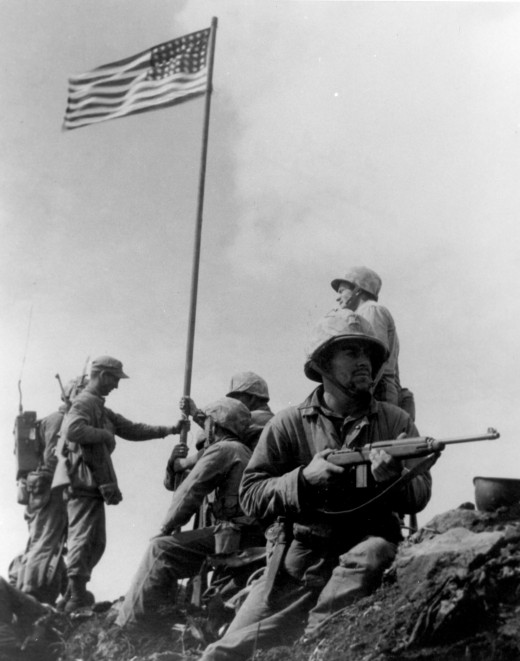
The Americans and British landing on the beaches of Normandy on June 6, 1944, opening up another front for the Germans to fight in. With the Soviets rushing across the Eastern front and the Americans fighting in Western front, Germany was doomed. By this point, Germany didn't really have any realistic chance of winning. Most of their fighting force was made up of young boys or aged citizens and soon the Reichstag was captured by the Soviets on 23 April 1945.
The Battle of Midway was the turning point in the Pacific war where the carrier fleet of the Imperial Japanese Navy was decimated. Although they were on the backfoot, the Japanse had no idea of surrendering. They hoped that if they could inflict enough casualties on the Americans, this would deter them from invading their homeland.
This made the Americans resort to the use of Nuclear weapons. The bombs dropped on Hiroshima and Nagasaki were so devastating that it wiped out entire cities. Many believe that this was the reason that Japan surrendered. Although this was one of the reasons for the decision the Japanese had other problems. The Soviets had stayed neutral to the Japanese till now but suddenly they invaded Manchuria on 9 August 1945.
This was a total surprise to the Japanese as they wanted to mediate peace deals with the Allies through the Soviets. This meant that there was no hope of signing a peace treaty and therefore offered to surrender on 15 August 1945. Till now we had discussed the military power and abilities of the nations. But there is more to a war than just fighting.
The Lend-Lease Act:
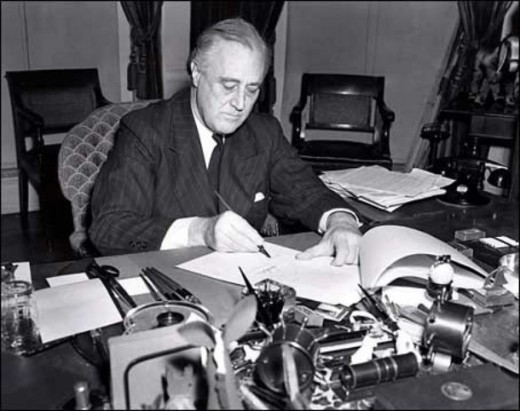
The Lend Lease act signed in March 1941 was one of the actual major turning points in the war. Till this point, America was neutral to foreign affairs. This act, however, authorizes the President to send arms, materials, and funds to any country whose defense the President deems vital to the defense of the United States. Great Britain, the Soviet Union, China, Brazil, etc. have received aid under the Lend-Lease Act during WW2.
Britain had received over 30 million dollars worth of funds and equipment whereas the Soviets received over 10 million dollars of funds. This was absolutely essential to keep the war effort running. Although the US was not part of the war yet, it was already the reason why the Allies could keep on fighting.
Without the equipment and arms sent by the Americans, the British and Soviets would have crumbled under the weight of the German war machine. One could say that the US was never really neutral as it was always supporting the Allied nations with its funding and equipment. The Soviets had a lot of manpower and with the equipment from the US, they were fully armed again. Great Britain is an island nation and depended on the US to supply her continuously.
Britain's Lifeline:
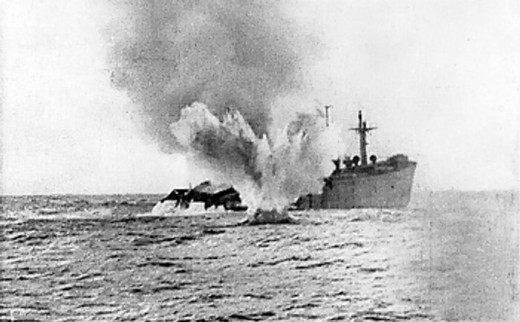
Apart from the equipment and manpower provided by the Americans, the basic supplies of food and fuel were also essential to the Allies. This was especially true in the case of the British. They relied on food and supplies being shipped from abroad. The US was one of the major countries supplying Britain. Without the supplies sent from the US, Britain would have been forced to surrender.
Submarine warfare by the Germans also sank many of the merchant ships carrying supplies for Britain. The Americans sent escort vessels to protect their convoys as well to ensure that they reached home safely. With each ship sunk, it was replaced by US-built ships transferred under the Lend-Lease Act. Without such replacements, Britain could not have sustained its war efforts.
Total War:
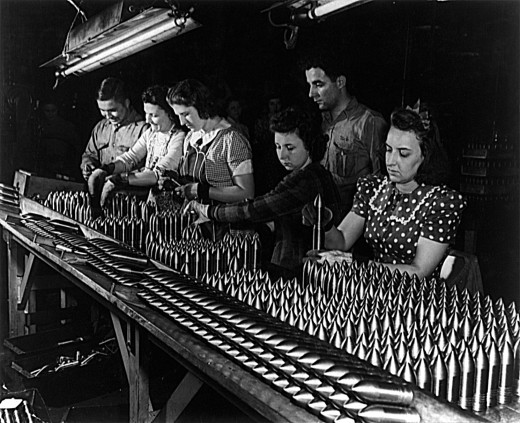
Wars are not won by those who have the largest amount of troops or by the ones who fight well in battle. There are a lot of factors that lead to victory. It is true that America entered the war only after two years and the amount of fighting done by the Americans is considerably less than the Soviets or the British. But the impact they had on the war is tremendous.
They were the ones who kept Britain and the Soviet Union alive in times of dire need. World War 2 was a battle for survival. Food and supplies were an essential part of survival and this was provided by the Americans. This gave hope to the Allies that they could eventually win this war of attrition.
The industrial might of America was also unrivaled. They could churn out ships, tanks, planes, and guns at an incredible rate. No country could match their production speed. This was the reason why the Japanese and Germans although initially strong slowly began to lose the advantage. They could never replace their losses completely. Winston Churchill after realizing that America entered the war was overjoyed that they had won the war after all! It was now only a matter of how long the war would last. The fate of the Axis powers was now sealed.
© 2018 Random Thoughts

